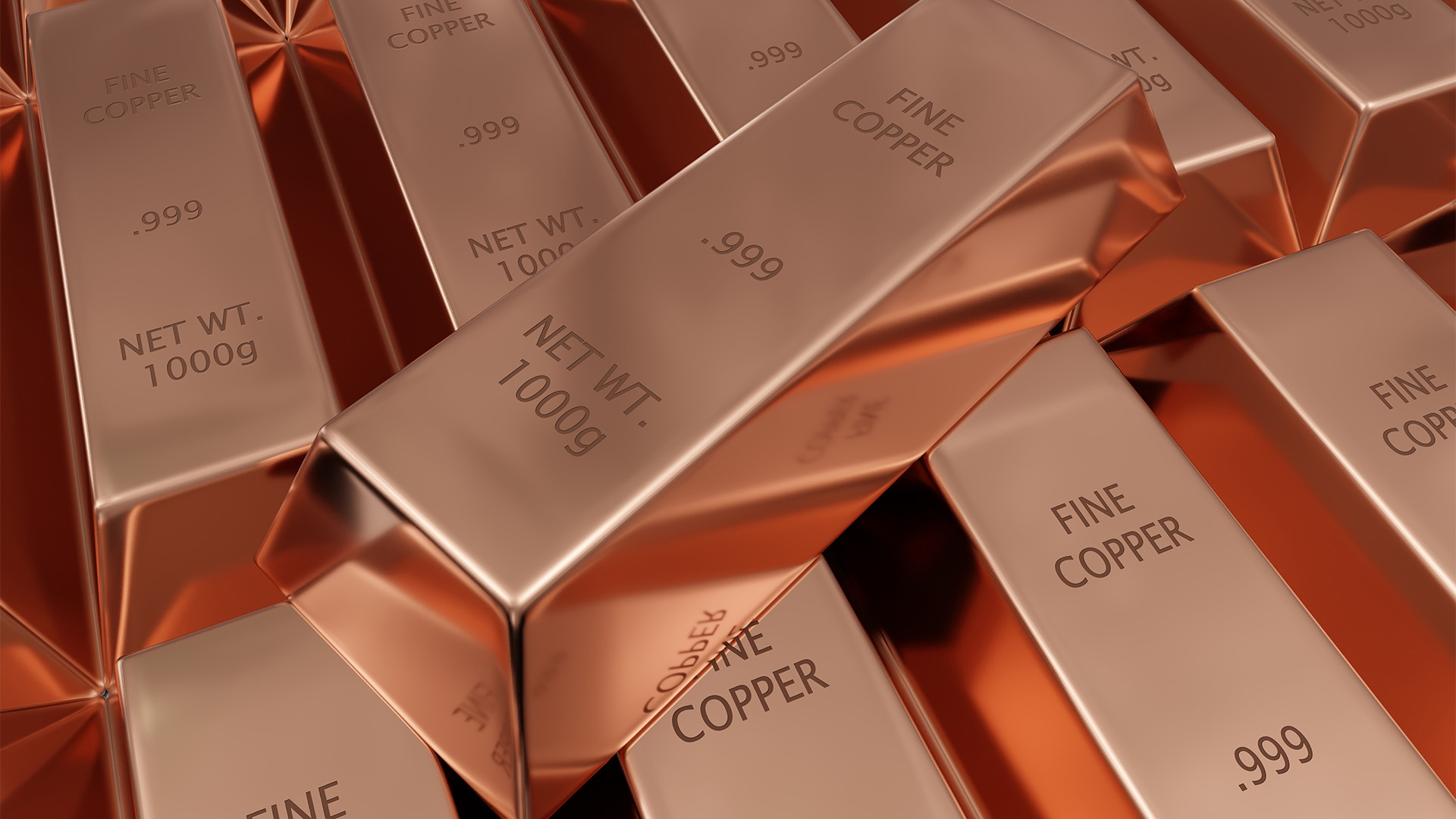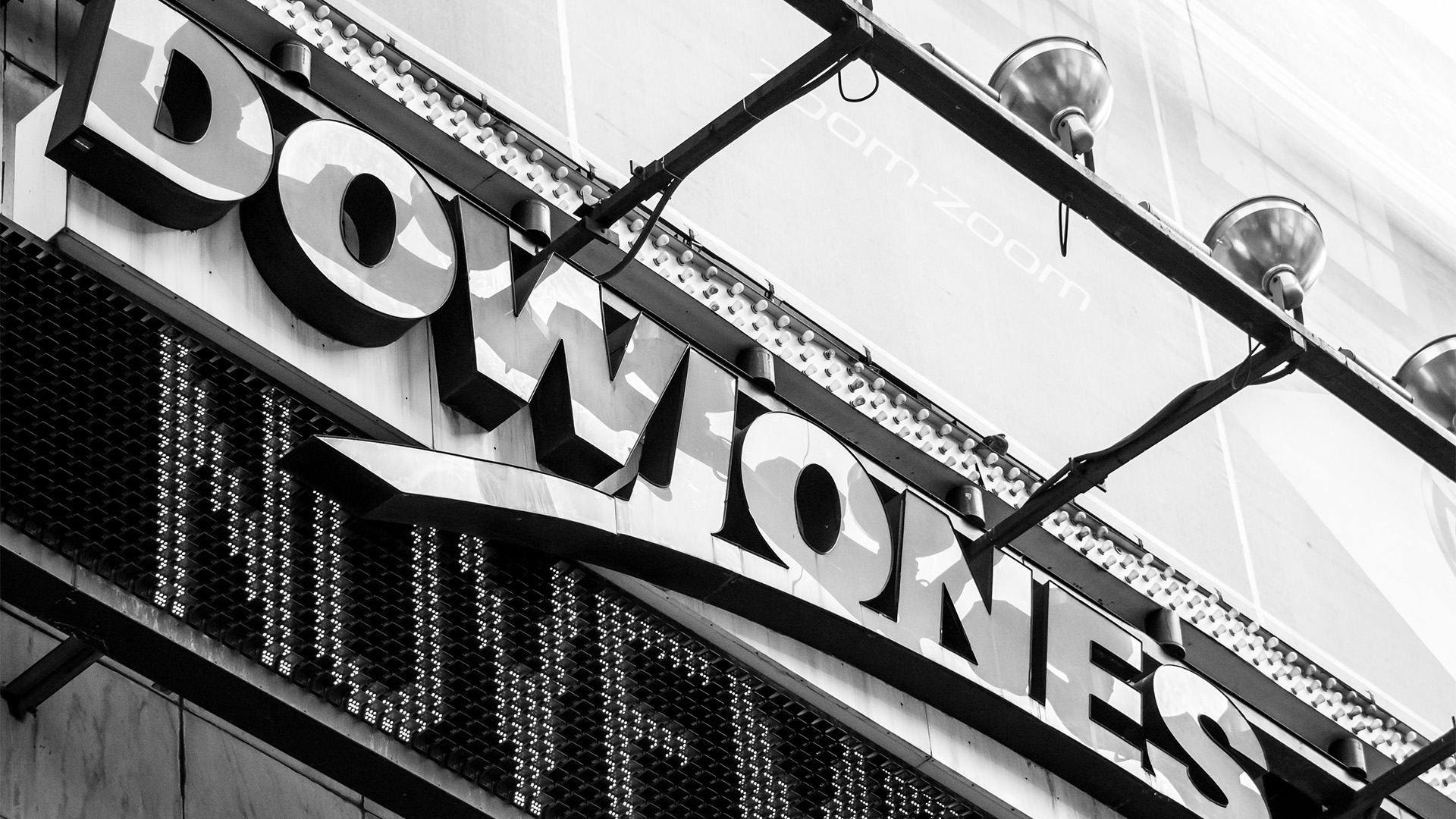Copper has emerged as a focal point for both data transmission and the investment strategies of those wary of inflation. Since early February, the red metal has experienced a remarkable surge in price, climbing over 26 percent on the London Metal Exchange and reaching record highs in the US. Despite its status as one of the top-performing commodities this year, the rally appears more speculative than rooted in fundamental shifts in the market.
Despite expectations of surging demand, Chinese trade data, representing 40 percent of global copper imports, fails to reflect a significant uptick. While China boasts numerous copper smelters, its domestic copper concentrate supply is insufficient to meet demand. However, growth in copper ore import volumes has tapered off over the past year, following a surge post-pandemic into 2023.
Current supply dynamics do not indicate a dire situation either. Although concerns arose over the Cobre mine's suspension in Panama due to environmental issues late last year, first-quarter production from major producers, comprising approximately 70 percent of global output, increased by 5.5 percent year-on-year. If anything, global copper demand is marginally trailing supply this year.
Speculative activity, rather than genuine demand and supply dynamics, is playing a prominent role. In the US, the Commodity Futures Trading Commission's data on non-commercial trading reveals a surge in net long positions for copper since February, nearing the top of the 10-year range. Investors have been accumulating copper for months, rather than merely closing short positions, underscoring the speculative nature of the market.
In recent weeks, the price of copper on US exchanges has surged significantly more than on the LME or in Shanghai, likely driven by inflation hedging. Copper prices, more than gold, tend to move in tandem with anticipated price trends, as observed by Tom Price at Liberum. Over the past decade, the metal's price has closely followed US long bond yields.
While copper prices have enjoyed a boost from speculative buying, decoupled from substantial shifts in supply and demand, there is limited evidence of either materializing. Absent an unforeseen collapse in global copper supply, these speculative bulls may find themselves waiting in vain for more.














